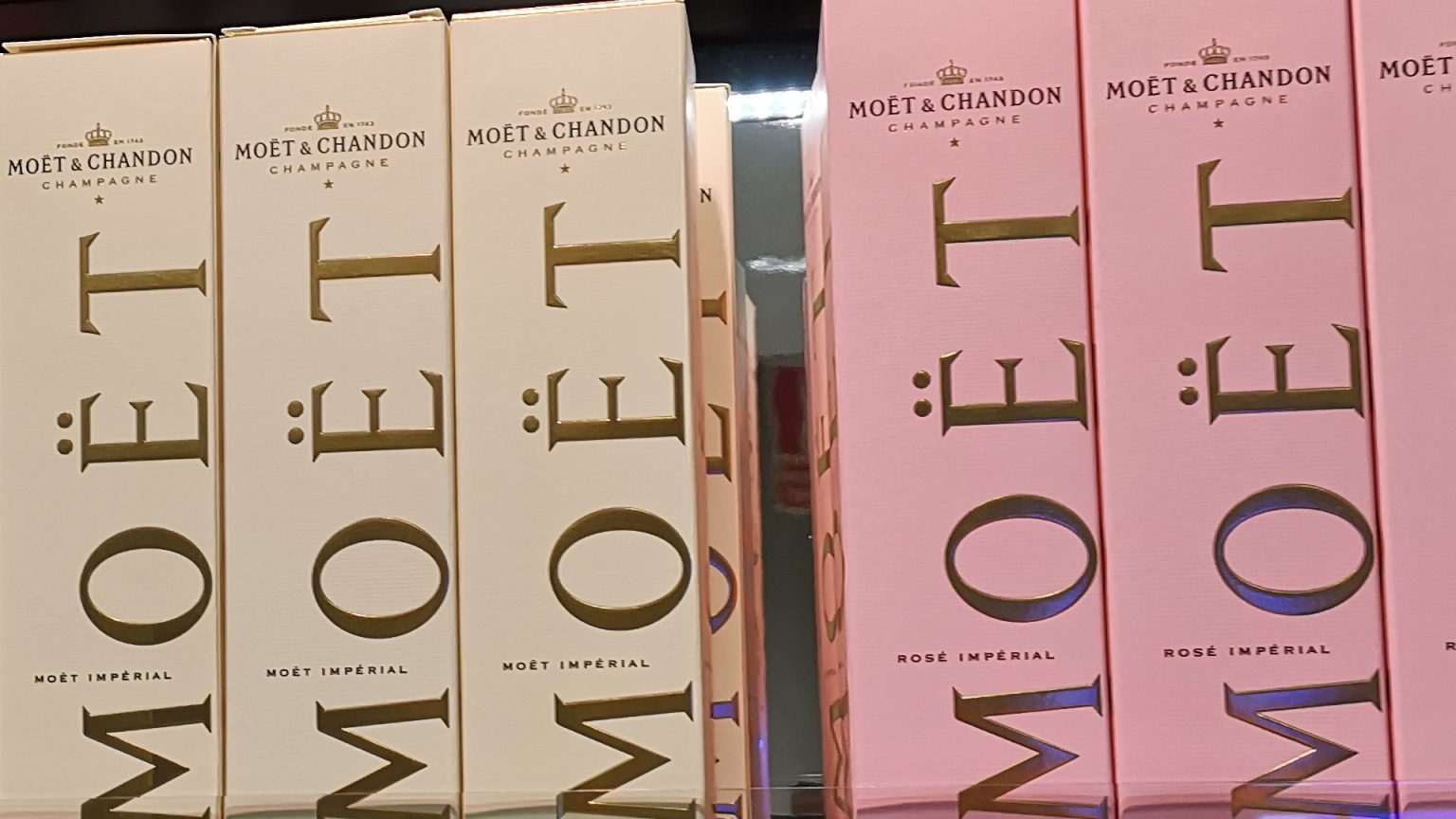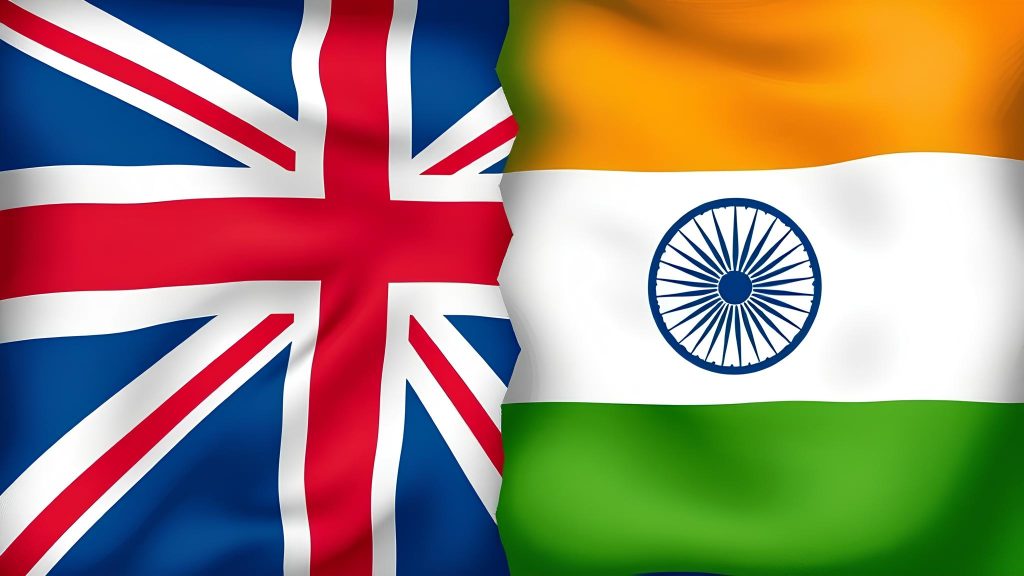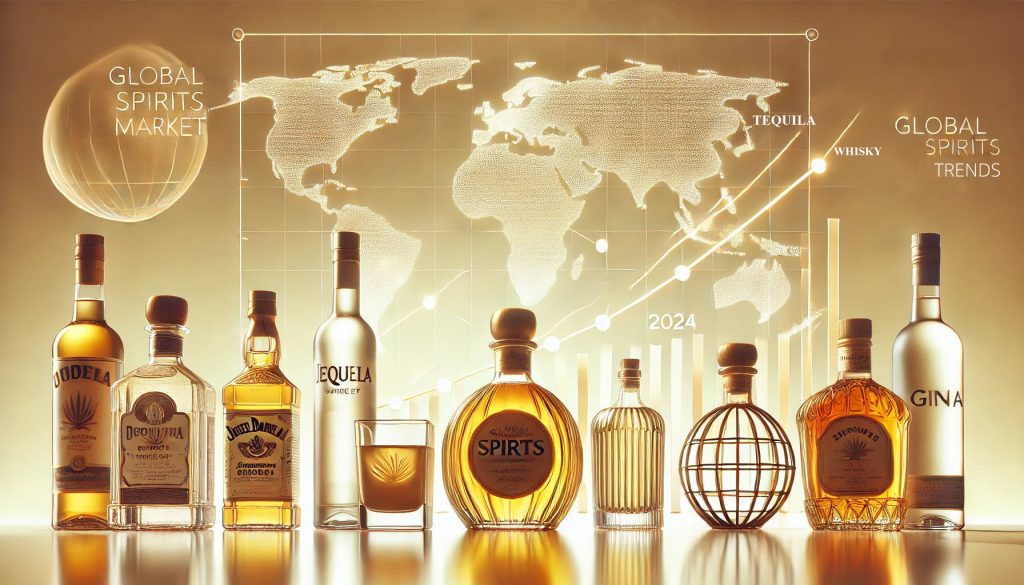In a turbulent first half of 2025, LVMH’s wines and spirits arm, Moët Hennessy, hit rough waters. Organic sales fell 7% to €2.58 billion, with profits cratering 33% to €524 million, marking it as the weakest link in the luxury giant’s portfolio. Driven by a sharp drop in Hennessy Cognac sales, these results reveal the challenges facing the global spirits market—but Champagne’s resilience and bold brand moves offer a roadmap for reinvention.
Hennessy, the world’s top Cognac, saw revenues plummet 15% to €1.19 billion, with bottle sales dropping from 40.7 million to 37.1 million year-on-year. Meanwhile, Champagne rose 2% to €1.39 billion, effectively flipping the internal balance of the division. In key markets like the U.S. and China, shifting consumer tastes and trade tensions have cooled demand for Cognac. China’s recent decision to end its anti-dumping probe on EU brandy offers some relief, but uncertainties linger, with potential U.S. tariffs—possibly 15% on EU exports—looming large. LVMH’s CFO Cecile Cabanis remains cautiously optimistic about EU-U.S. trade talks, which could ease consumer sentiment. Champagne, however, held firm, with a second-quarter uptick in Europe and the U.S. showing its enduring appeal for celebrations and versatile sipping. This contrast signals a broader shift: consumers are rethinking high-end spirits but still embrace heritage-driven wines.
Moët Hennessy is betting on bold storytelling and flavor innovation. Glenmorangie tapped Harrison Ford for a global whisky campaign; SirDavis rode the momentum of Beyoncé’s Cowboy Carter tour. New launches—Belvedere’s Dirty Brew vodka and Eminente’s Carta Oro rum—aim to capture adventurous, younger drinkers. These moves, paired with tight cost controls, balance the division’s 33% profit hit with a push for long-term relevance. For spirits brands, this suggests cultural tie-ins and fresh flavors can spark interest in a crowded market.
Subscribe to our newsletter
Europe’s steady demand for Champagne and spirits provided a buffer, while Japan saw a dip after 2024’s tourist-driven boom, tied to a weaker yen. Other Asian markets showed local sales gains in Q2. These regional shifts highlight the need for tailored strategies, from Europe’s loyalty to Asia’s volatility. Compared to Rémy Cointreau’s 5.7% Q1 sales growth, Moët Hennessy’s performance suggests that more focused spirits houses may adapt faster to market shifts. Yet, LVMH’s vast portfolio—spanning Glenmorangie, Belvedere, and beyond—gives it unique staying power.
Moët Hennessy’s 2025 journey underscores a broader truth: in a cooling luxury market, brands that blend heritage with bold, consumer-first innovation will stay relevant—and keep glasses raised. As LVMH’s Chairman and CEO Bernard Arnault insists, it’s about “exceptional quality” and “tremendous long-term potential.” This isn’t just survival—it’s a quiet reinvention of what luxury means for the next generation.



